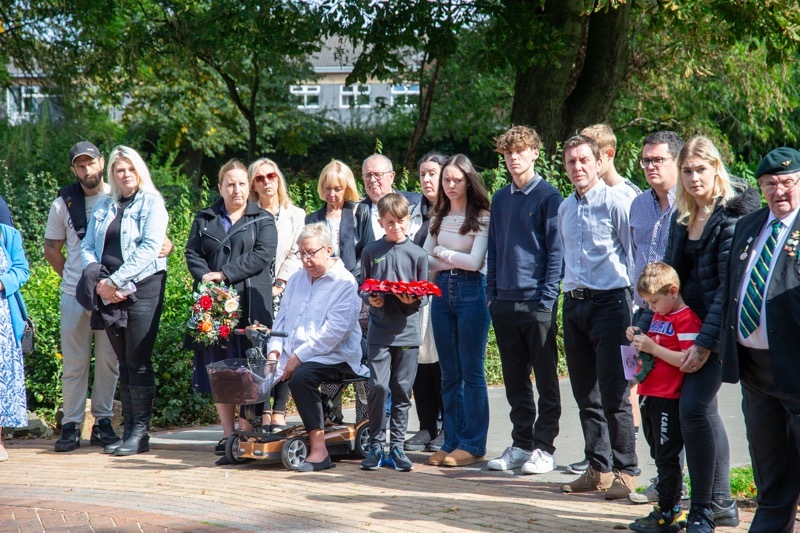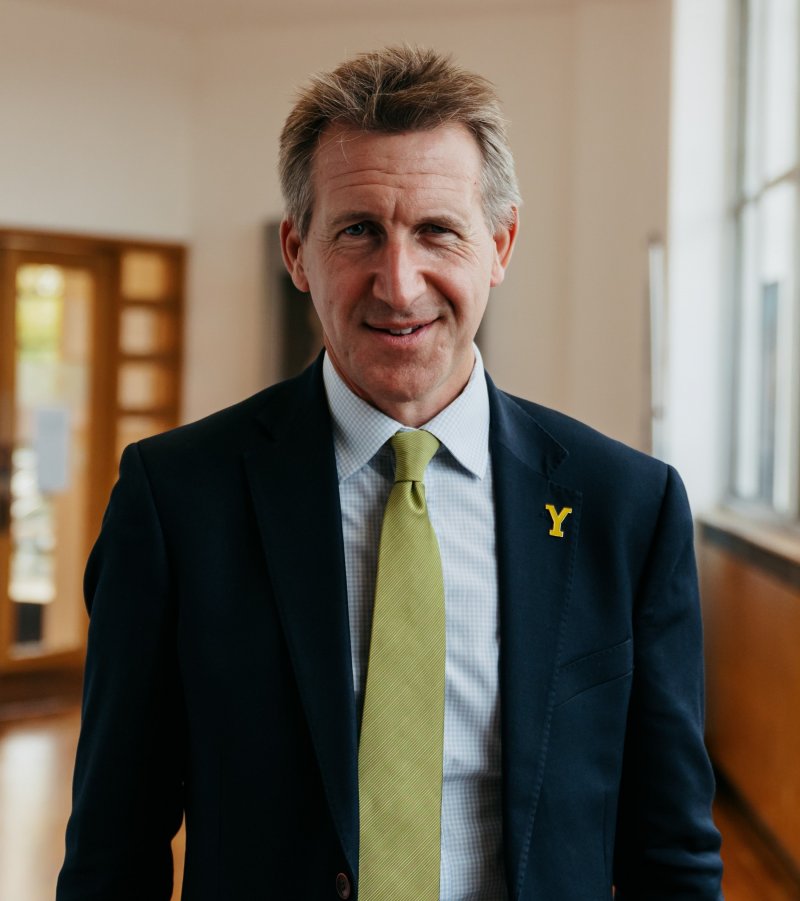CEREMONIES to commemorate a fallen airman took place in two locations this week with people gathering in his native Thurnscoe.
Sgt Alfred Mortimer, 31, was part of a five-man HE346 Wellington Bomber crew who were shot down off the Dutch coast on June 26, 1943.
They had just completed a bombing mission in Gelsenkirchen before being intercepted by a Nazi night flying ace.
His remains and the plane itself had remained underwater ever since.
The complex and expensive recovery of that aircraft, which is buried under a sea wall near the town of Holwert, has now begun and is being overseen by the Royal Dutch Airforce.
Tribute events were held both in Holwert and in Sgt Mortimer’s home village of Thurnscoe yesterday.
Alfred’s youngest relative, James Barry, 11, and representatives from the council and military veterans laid wreaths in tribute.
A touching letter penned by the Mayor of Noardeast-Frysian, Johannes Kramer, was read out by Deputy Lord-Lieutenant, Col George Kilburn.
The letter expressed the Dutch nation’s gratitude for the sacrifice made by the airmen and gave thanks to the people of Thurnscoe for arranging their event and attending.
The event was led by Rev Sarah Maughan and also included a bugler playing The Last Post.
One of the organisers of the event, Peter Shield, produced a folder of information for the family to keep.
The Dutch event saw all five members of the crew honoured.
Alfred’s niece, Carolyn Bell, said: “It was emotional and I really appreciate all the hard work that went into putting it together.
“Particularly the letter from the mayor, that was something extra special.
“All the young ones in the family wanted to come.
“The family have been really interested in it from the start.
“This was very personal.
“It would have been very, very important for my mum and the closure would have been amazing for her.”
It’s believed the painstaking recovery will last for up to three weeks and there is a deadline to finish the project before October 1 when water levels will rise and the chance of storms will increase.
The Dutch experts have drained the area around the wreckage and have removed large parts of the plane as they continue their search for mortal remains.
The Chronicle understands the whole aircraft has now been recovered and will be cleaned as it is covered in clay.
Any human remains discovered will be assessed by the identification unit of the Dutch army.
The investigations and subsequent reburial is a delicate and long process and it could take years before any formal burial takes place.
It is believed remains would be buired at the Groesbeek Military Cemetery near Nijmegen, because there is already a grave for an unidentified member of the HE346 crew there.
































